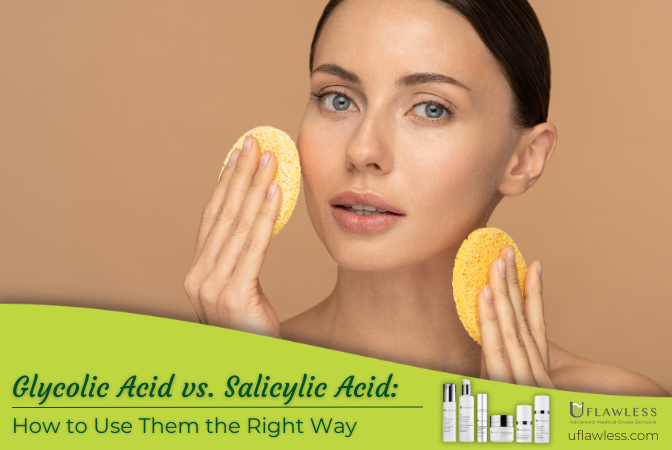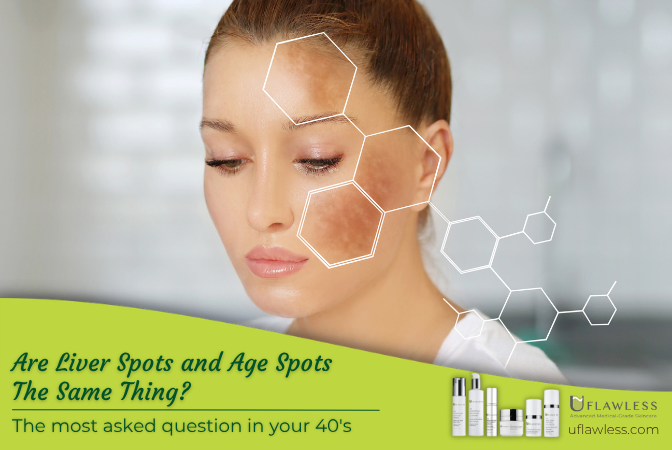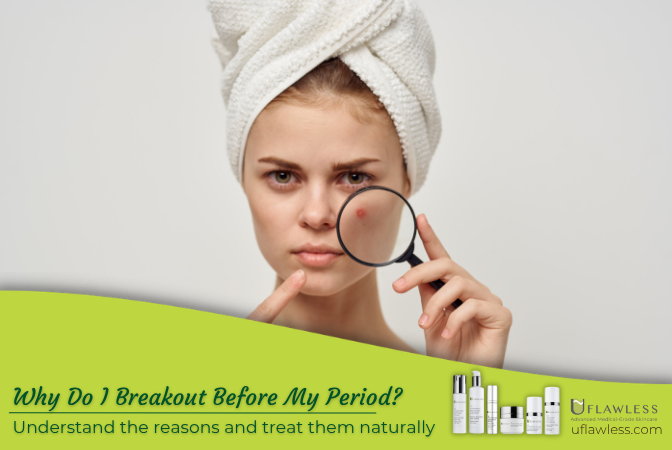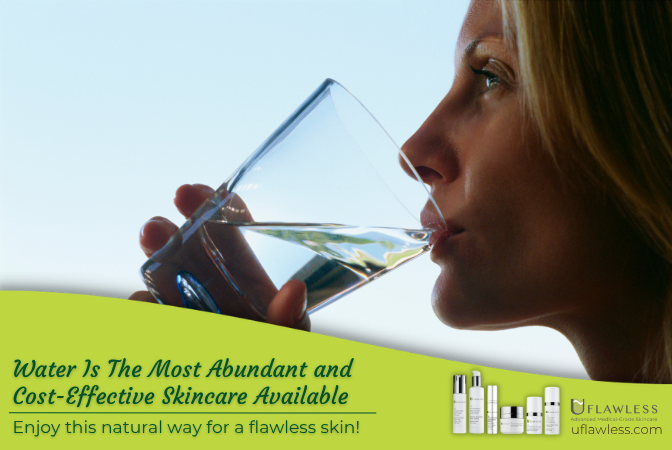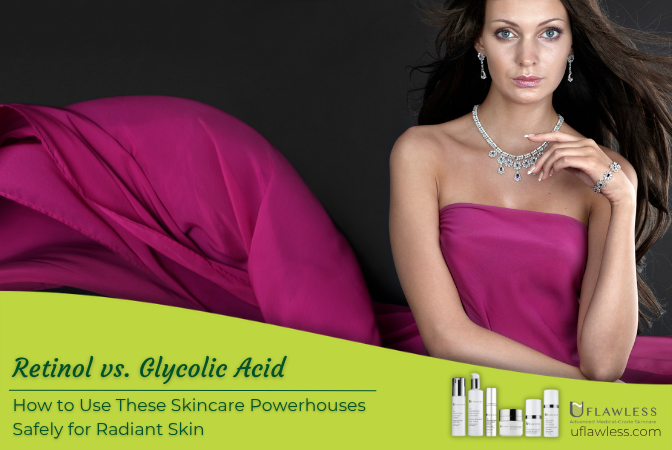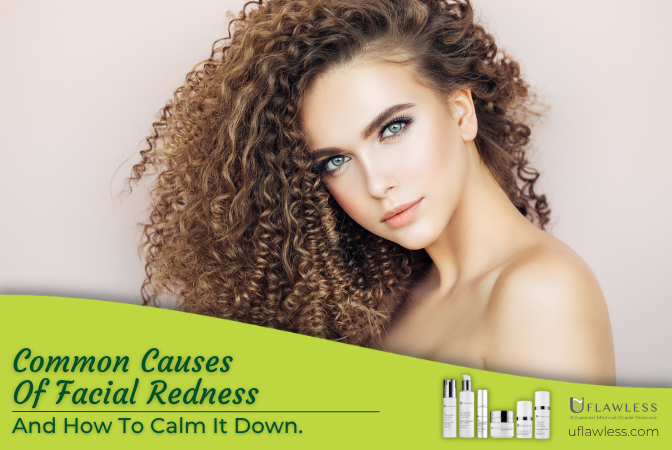
Understanding the Common Causes of Facial Redness and How to Calm It
Facial redness can be frustrating and sometimes confusing to diagnose. Whether it’s sudden flushing, irritation, or a lingering rash, the causes vary widely, from stress to allergies to skincare products.
Let’s take a closer look at the most common triggers and what you can do to calm your skin.
1. Irritation From Everyday Products
Many people develop redness simply from contact with irritating substances.
This can happen all at once or build over time.
Common irritants include:
-
Bar soap, harsh cleansers, or detergents
-
Fabric softeners
-
Fragrance in skincare or haircare products
Tip: Switch to gentle, fragrance-free formulas.
Applying a zinc-based sunscreen with non-sticky zinc oxide can also calm irritation and protect sensitive skin.
2. Stress-Related Redness
When stress levels rise, so can skin inflammation.
One common condition triggered by stress is seborrheic dermatitis, which causes red, dry, scaly patches, often around the eyebrows, hairline, sides of the nose, and mouth.
At-home relief:
1% hydrocortisone cream twice a day for a week, then once daily for another week, may help.
If redness persists, see a dermatologist for a tailored treatment.
3. Allergic Reactions
Sometimes redness is your skin’s way of saying, “I don’t like this ingredient.”
Nickel and allergic reactions
Around 10% of people are allergic to nickel, found not only in jewelry but sometimes even in 14-karat gold.
If you suspect nickel allergy, avoid all metals until you test.
Nickel test kits, like those from Allerderm Laboratories, can confirm the reaction.
Fragrance may cause allergic reactions
Even natural scents from botanicals can trigger redness. If a product has a strong scent, natural or artificial, it could be the cause.
Haircare Products
Ingredients like lanolin, sodium lauryl sulfate, and shea butter can cause skin irritation, especially near the hairline.
Some Skincare Products can cause allergic reactions
Retinol, glycolic acid, and other active ingredients can cause temporary redness, especially when you first start using them.
Instead of quitting completely, try lowering the frequency or switching to a gentler formula.
4. Medications and Supplements
Certain medicines and supplements can cause skin flushing or increase sun sensitivity.
Examples:
-
St. John’s wort – can heighten sun sensitivity
-
Niacin – may cause sudden flushing
-
Antibiotics and diuretics – can make skin more sun-sensitive
-
Hydroquinone or prescription retinoids – may trigger irritation
If you notice redness after starting something new, talk to your doctor.
5. Hormonal Fluctuations
Hormone changes can also affect skin.
For some women, early signs of perimenopause can include flushing or increased sensitivity.
Oral contraceptives can trigger similar effects in certain individuals.
6. When to See a Dermatologist
If you’ve removed potential irritants and redness persists, a dermatologist may recommend a patch test.
This can identify specific allergens, testing about 200 possible triggers, to find the real cause.
Facial redness has many possible causes, from stress and allergies to skincare ingredients and medications.
The key is to identify and eliminate the trigger, protect your skin barrier, and use gentle, calming products.
UFlawless medical-grade skincare is formulated with pure, skin-friendly actives to nourish sensitive skin without unnecessary irritants.
For persistent redness, pair your routine with a zinc-based sunscreen and a dermatologist’s guidance for lasting results.




